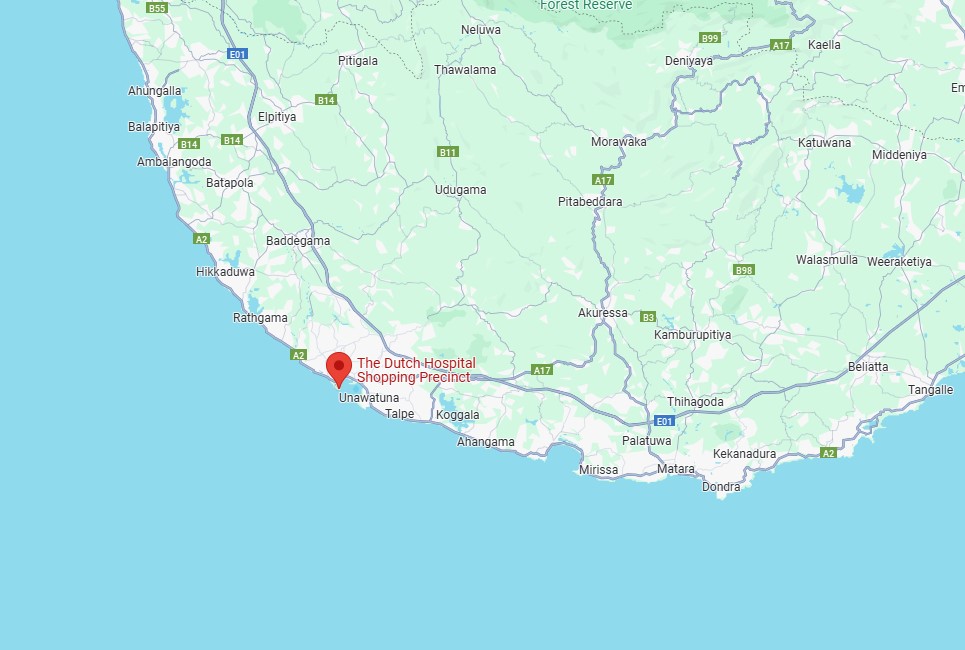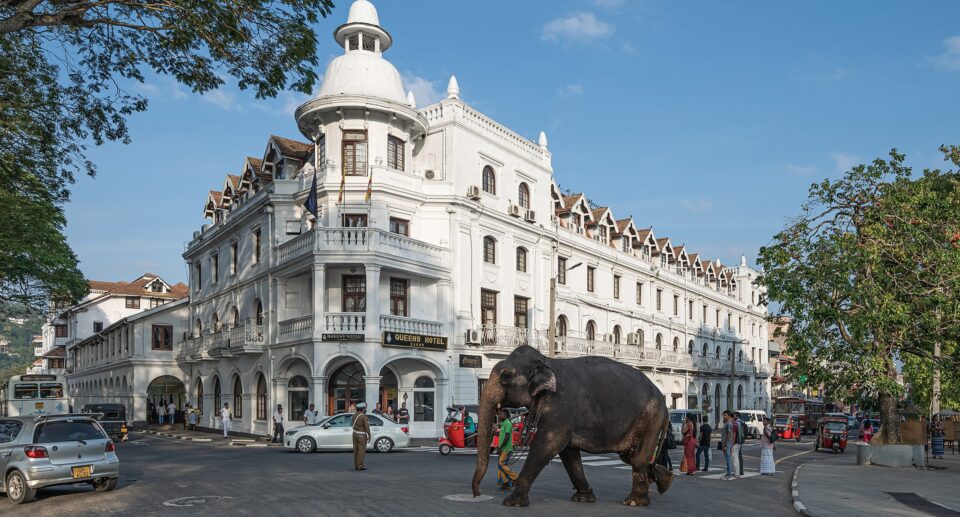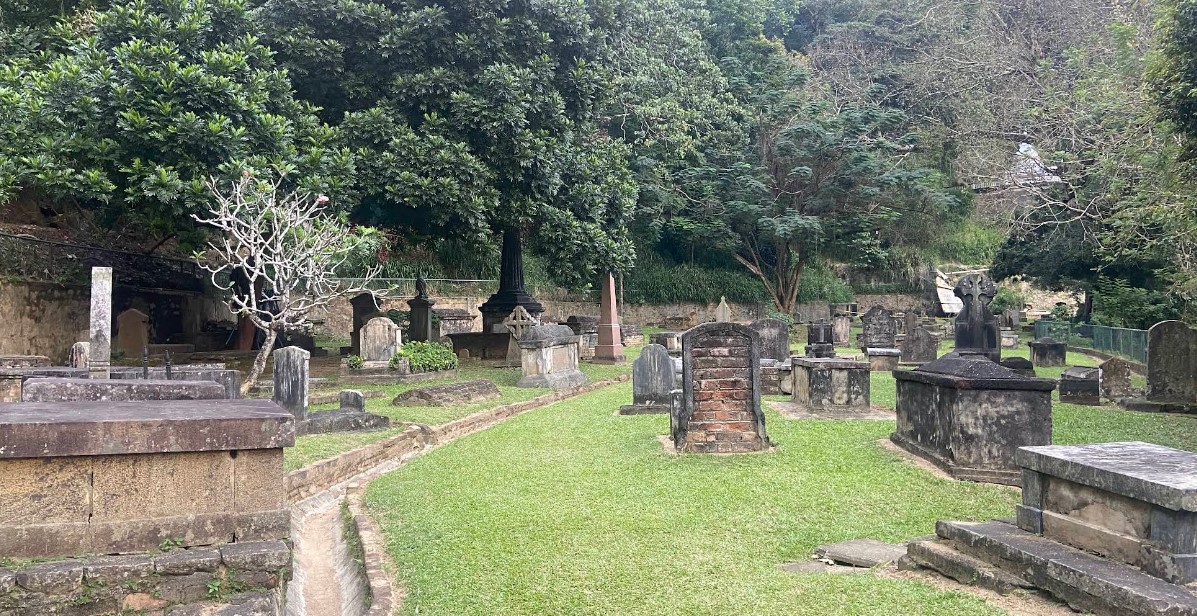Old Dutch Hospital, Galle: A Glimpse into Sri Lanka’s Colonial Past
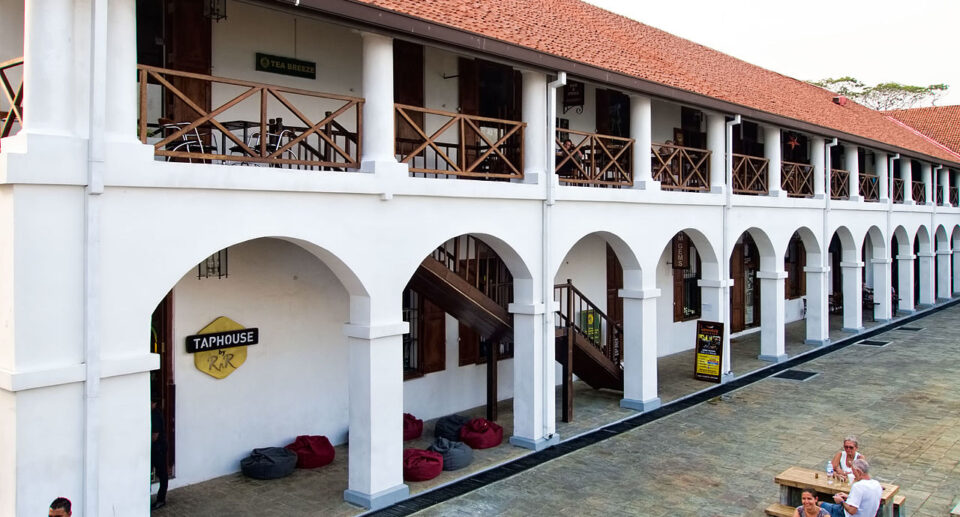
Nested between the historic walls of the Galle Fort, the Dutch Hospital Shopping Precinct is one of Sri Lanka’s most historic and beautifully restored colonial buildings. In Dutch colonial history, it was a healing place, and it has now evolved as a dynamic destination for gastronomy, retail, and culture. With its strong pillars, terracotta roof tiles, and wide verandahs, the Dutch Hospital records the past and thrives amidst a living, breathing modern city.
Location and Historical Setting
The Dutch Hospital is located in the Galle Fort, a Sri Lankan southern coast UNESCO World Heritage Site. The Portuguese initially built the Fort in the 16th century but had it largely fortified by the Dutch East India Company when they took control in 1640. The Dutch Hospital constructed then symbolizes the societal and architectural spirit of the time.
Strategically positioned near the ramparts and sea wall, the hospital originally served Dutch officers, soldiers, and merchants who were stationed in or transiting through Galle, a strategic sea center.
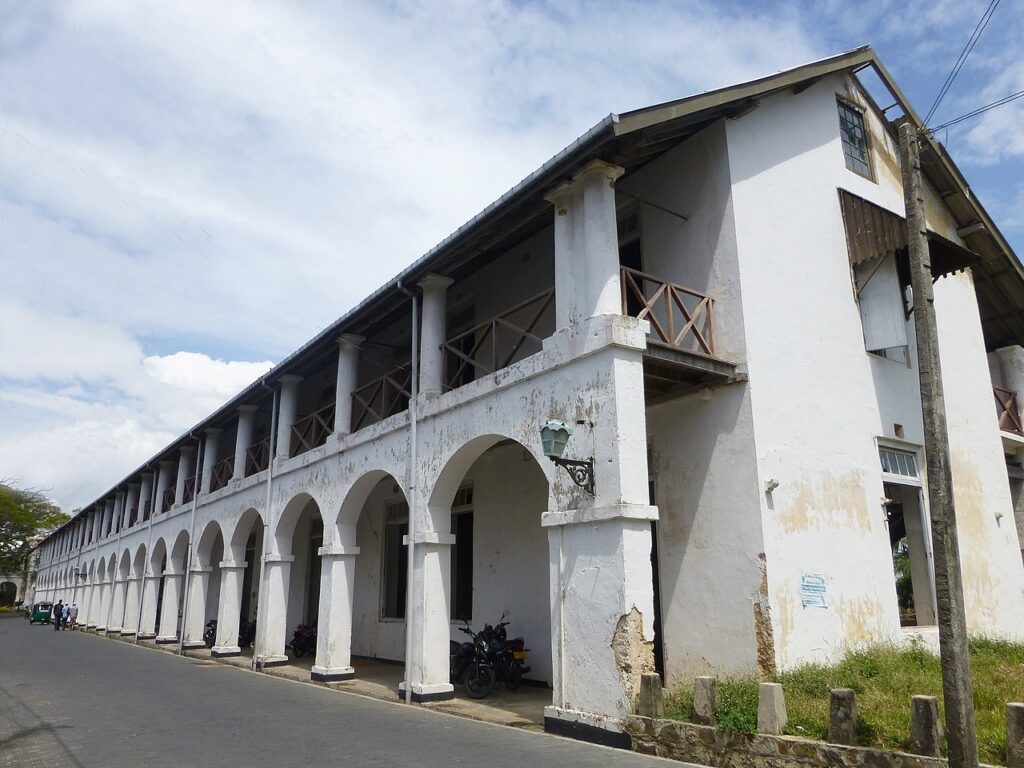
History of the Dutch Hospital
The date of the building is under contention, but the Galle Dutch Hospital is said to have been constructed between the 17th and 18th centuries. It was one of a series of Dutch attempts to modernize and settle their colonies with suitable civic amenities, such as schools, churches, and hospitals.
Medical Use and Colonial Function
The hospital was predominantly used to treat European traders and officers who were often suffering from tropical diseases like malaria, cholera, and dysentery. The hospital symbolized colonial privilege and power, with medical care available to the colonial elite, whereas the masses had hardly any access.
After the Dutch era came to an end, the building was assumed by the British for administrative work and altered repeatedly. It fell into disuse and neglect by the 20th century before restoration work provided it with a new lease on life.
Restoration and Revival
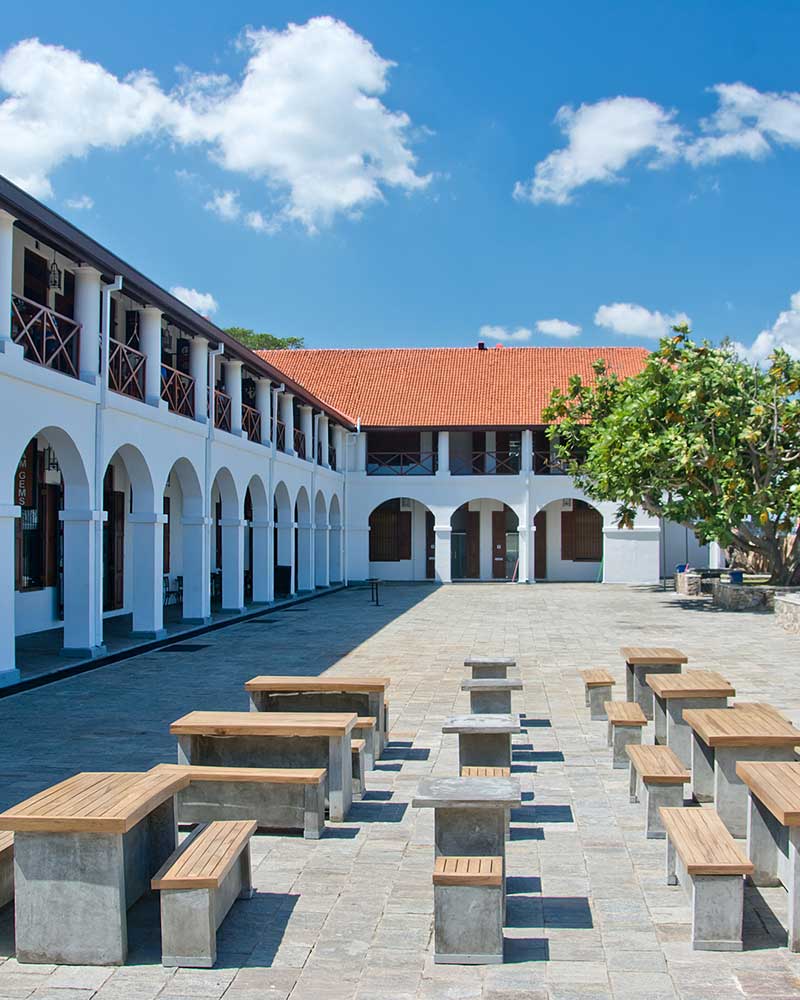
It was in the early 2000s that the Sri Lankan government, in collaboration with heritage conservation organizations, took up the challenge of reviving the Dutch Hospital to its original state. The intention was to preserve its colonial architecture but use it for modern purposes.
After massive restoration, the Dutch Hospital at Galle reopened as a dining and shopping complex, still maintaining its colonial atmosphere with a touch of modern functionality. Its restoration mirrors the overall rejuvenation of Galle Fort, which has become a key tourist attraction.
Architecture and Design
The Dutch Hospital’s design is the quintessential Dutch colonial architecture, adapted to the needs of the tropical climate: Massive coral stone walls for strength and insulation. Large eaves and high ceilings to offer shade and ventilation. Extended colonnades and verandahs along the front. Terracotta roof tiles sloping gradually to shed monsoon rainwater. Inner courtyards to permit light and air circulation.
These all helped to keep the building cool and functioning, even in the hot southern sun. The design also reflected the Dutch emphasis on discipline and order, with symmetrical composition and ordered space.
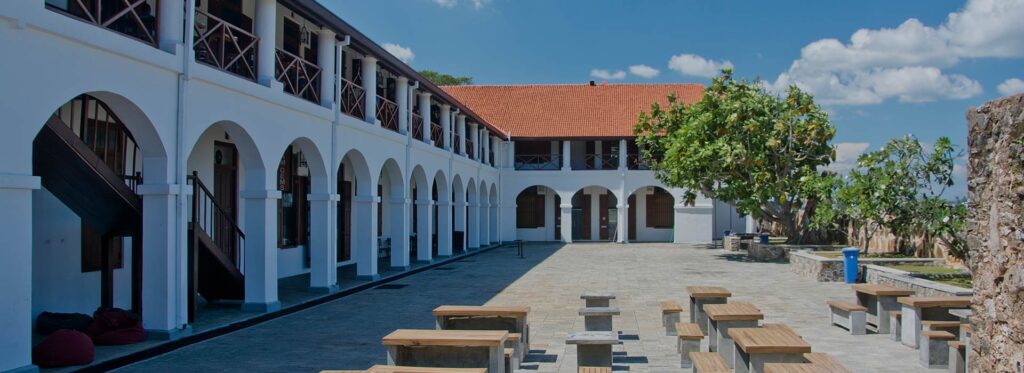
Attractions Today: Shopping and Eating
Today, the Dutch Hospital in Galle is a hip shopping district with a chic mix of:
Shops and Boutiques
There are: Local handicraft stores offering handicrafts, jewelry, and cloth.
Fashion clothing boutiques with Sri Lankan and international fashions.
Curio and souvenir shops with items like spices, postcards, and paintings.
There are outlets for brands like Barefoot, Odel, and LUV SL, so it is fashionable but laid-back shopping place.
Restaurants and Cafés
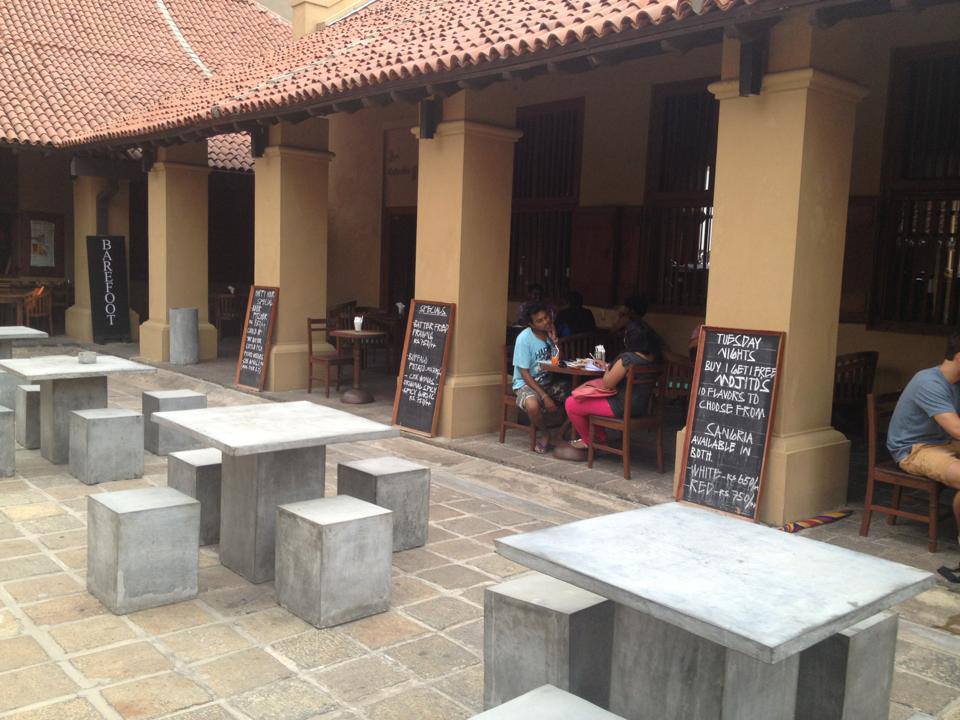
Dinner here is an experience in itself. Some favorite ones are: A Minute by Tuk Tuk – Ocean view and fusion menu restaurant, a breezy one.
The Tuna & The Crab – Seafood and sushi, high-end dining, created by one of Sri Lanka’s top chefs, Dharshan Munidasa.
Sugar Bistro – Renowned for international comfort food and cocktails.
All the restaurants offer al fresco dining with stunning views of the Indian Ocean, especially during sunset.
Cultural Significance
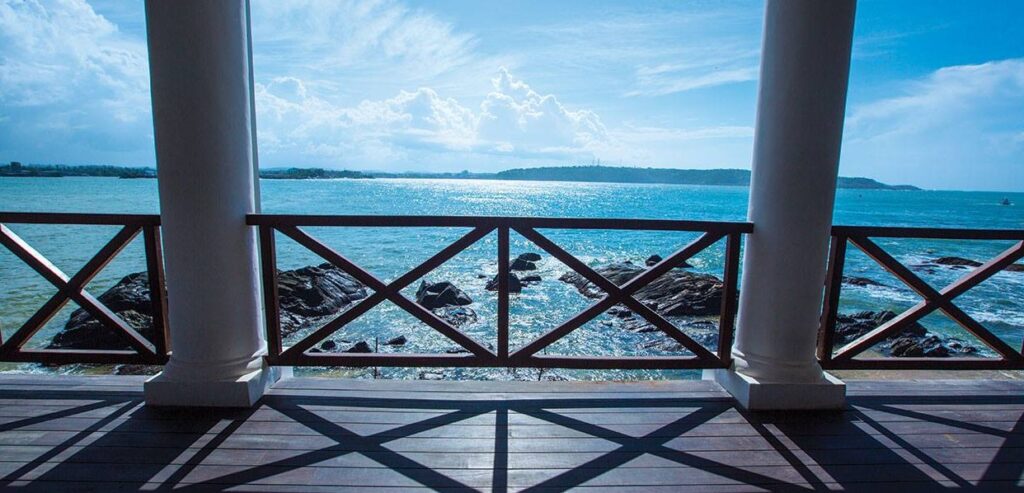
The Dutch Hospital today is not just a business center—it’s a cultural landmark at the crossroads of Sri Lanka’s colonial past and present-day identity. Travelers walk along its corridors to eat or to shop, yes, but to connect with the past. The ambiance, the preserved architecture, and the location within the Fort offer several levels of interpretation for every visit.
Moreover, the precinct occasionally hosts art exhibitions, literary events, and cultural festivals, keeping its spirit as a place of public gathering alive.
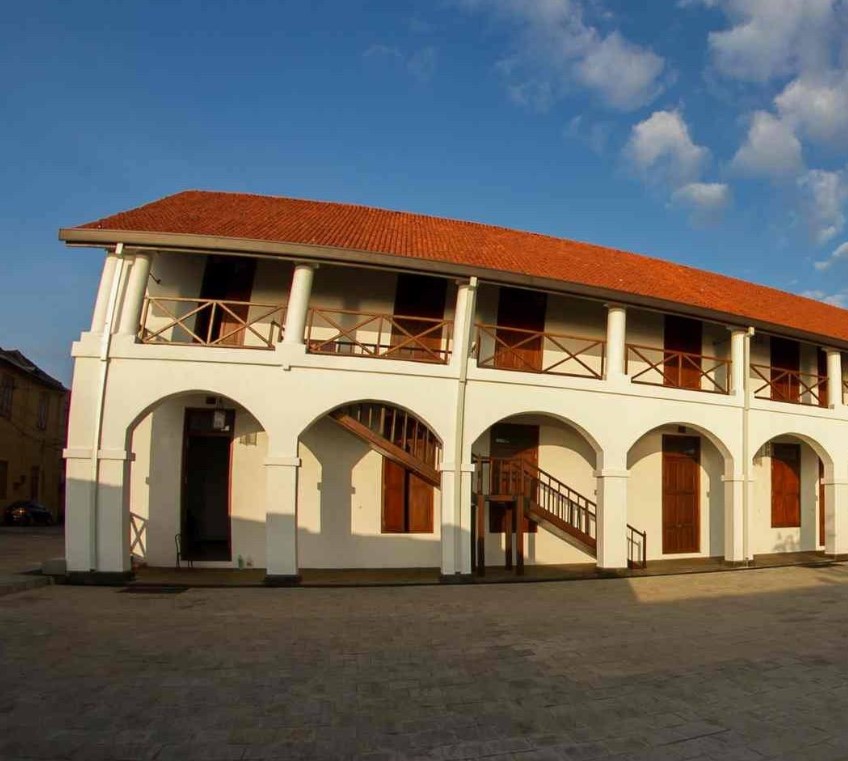
A Place for Everyone
Whether you’re a: History buff exploring colonial architecture, Shopper on the hunt for unique souvenirs ,Foodie looking for a memorable meal, Photographer chasing golden-hour shots Or a traveler seeking tranquility by the sea …the Dutch Hospital in Galle has something for you.
Its beachfront location, sophisticated restoration, and lively atmosphere make it a local favorite as well as a visitor hot spot. Even a casual stroll through its wide corridors is a meditative, timeless experience.
Travel Tips
Best time to visit: Late afternoon or early evening, when the heat dissipates and the sun sets over the sea.
What to bring: A camera! The place is highly photogenic.
Money: Credit cards are accepted by most restaurants and shops, but have some Sri Lankan Rupees for convenience.
Shoes: Comfortable shoes or sandals, particularly if exploring further about Galle Fort.
Slow down: Don’t hurry. Grab a seat at a café, observe the people, and soak up the history.
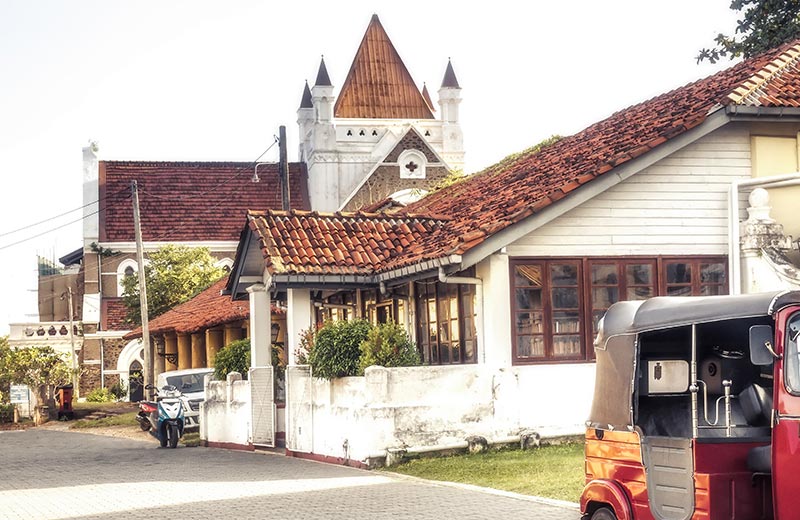
How to Get There
By car: Around 2 to 2.5 hours from Colombo along the Southern Expressway.
By train: Frequent trains from Colombo to Galle Railway Station, a 10-minute walk from the Fort.
By bus: Frequent buses along the coast, with the Galle Bus Terminal near the entrance to the Fort.
Once within the Fort, the Dutch Hospital is only minutes away from major attractions such as the Galle Lighthouse and Ramparts Walk.
Final Thoughts
The Dutch Hospital of Galle is a unique example of colonial architecture being utilized effectively and creatively for modern life. It retains its past but also makes room for the future—offering tourists a unique experience combining culture, commerce, cuisine, and charm. Whether walking its windy verandas, tasting a seafood platter by the sea, or perusing souvenirs handmade locally, the Dutch Hospital is a more than midway point—hitting the middle of Galle Fort in an odyssey.
